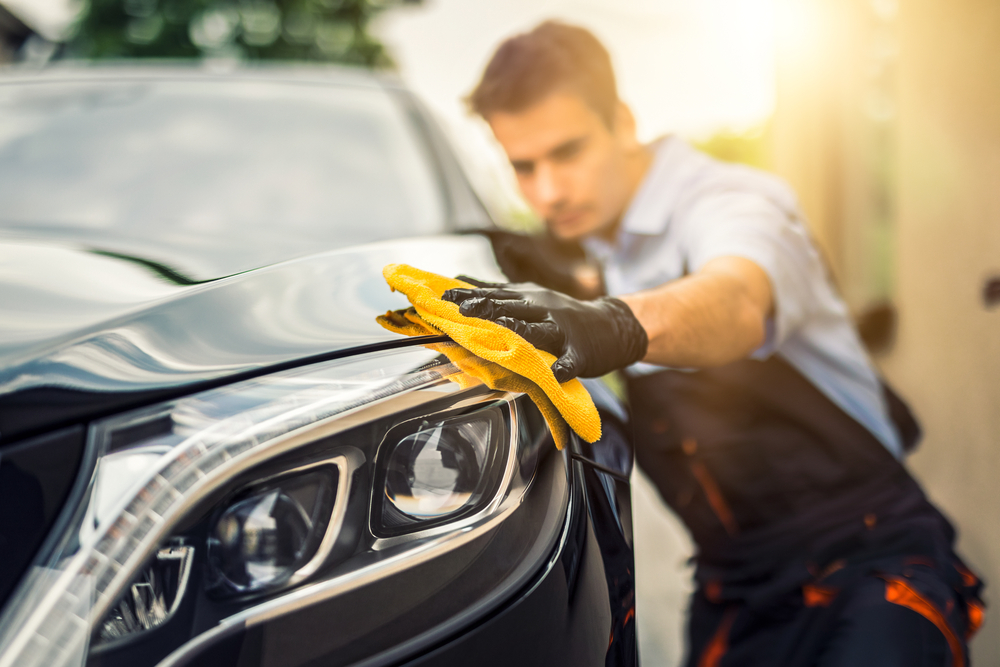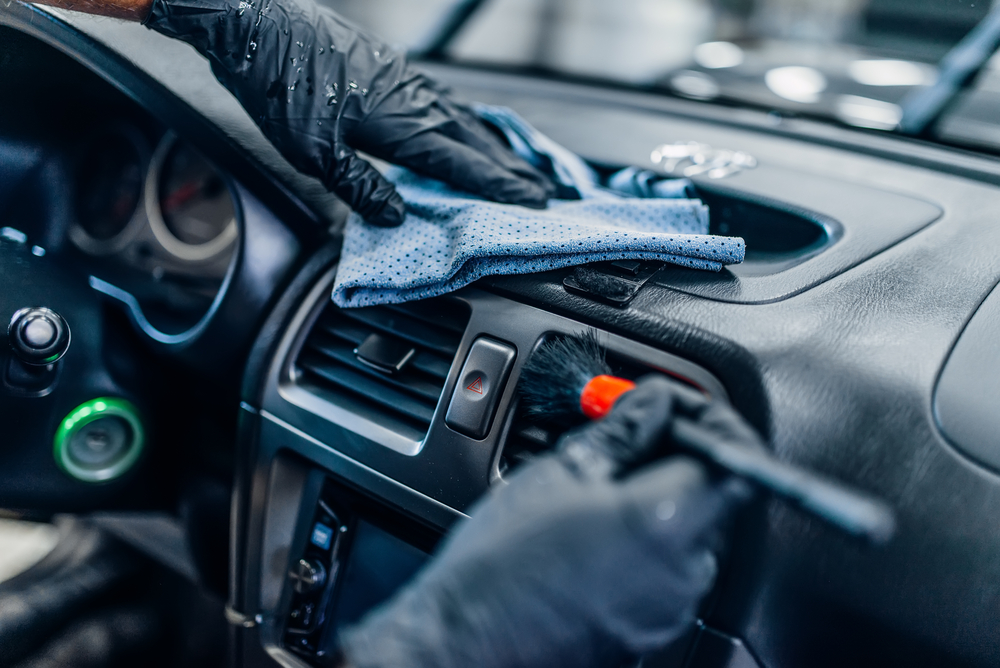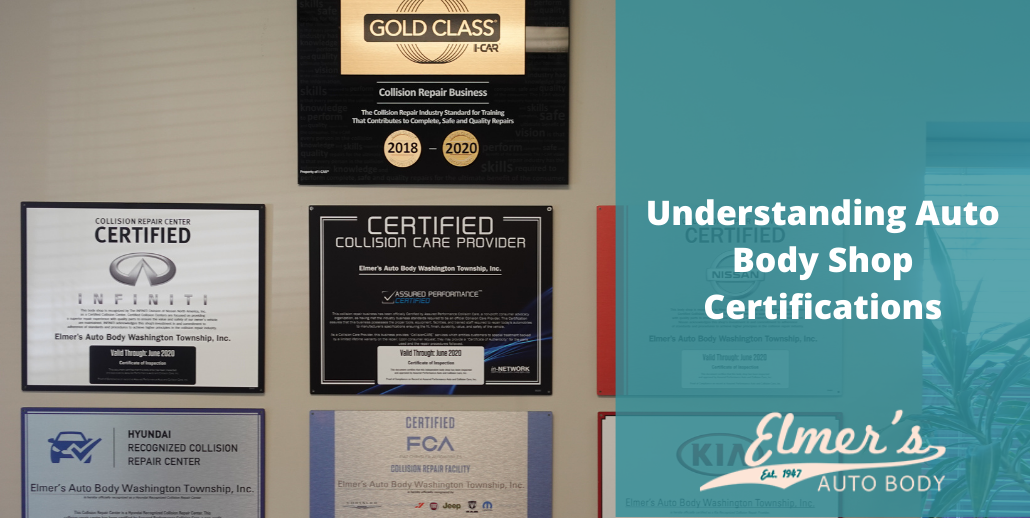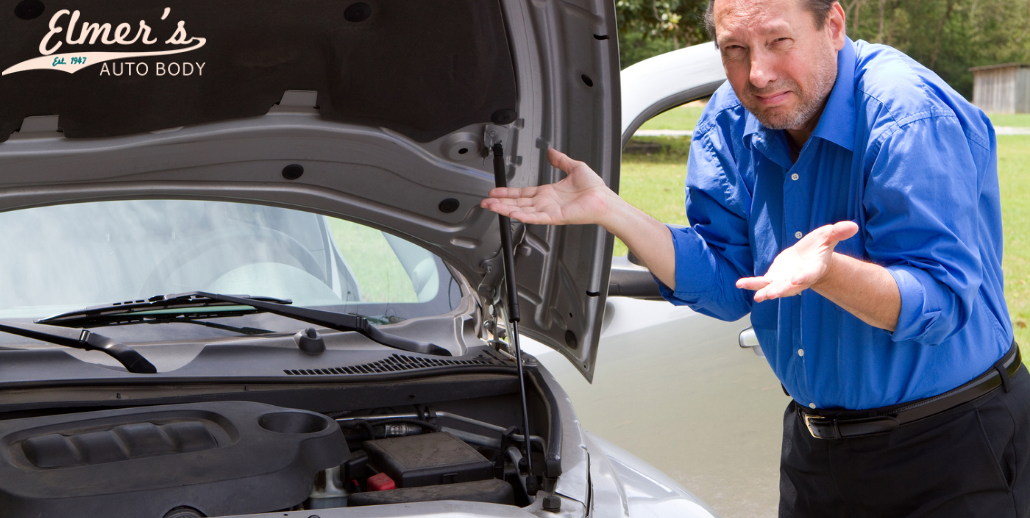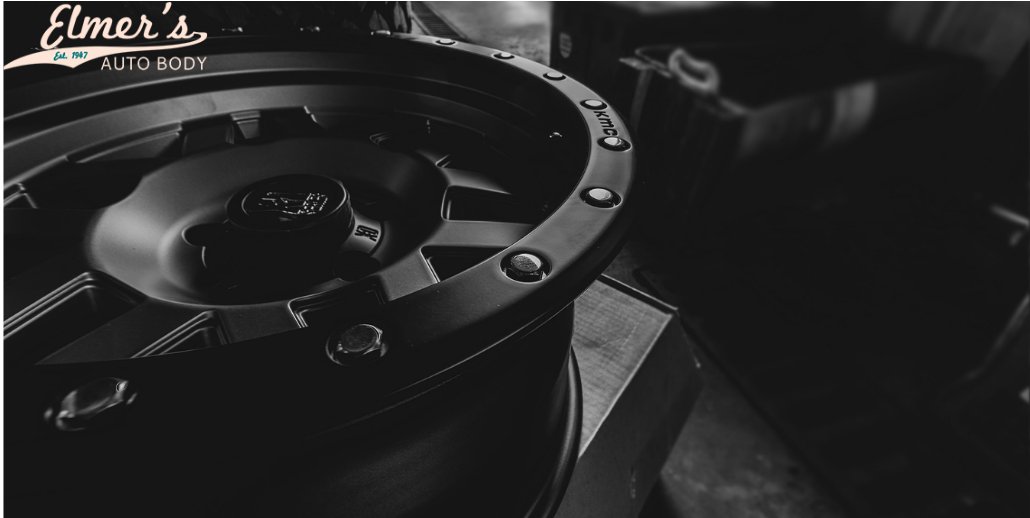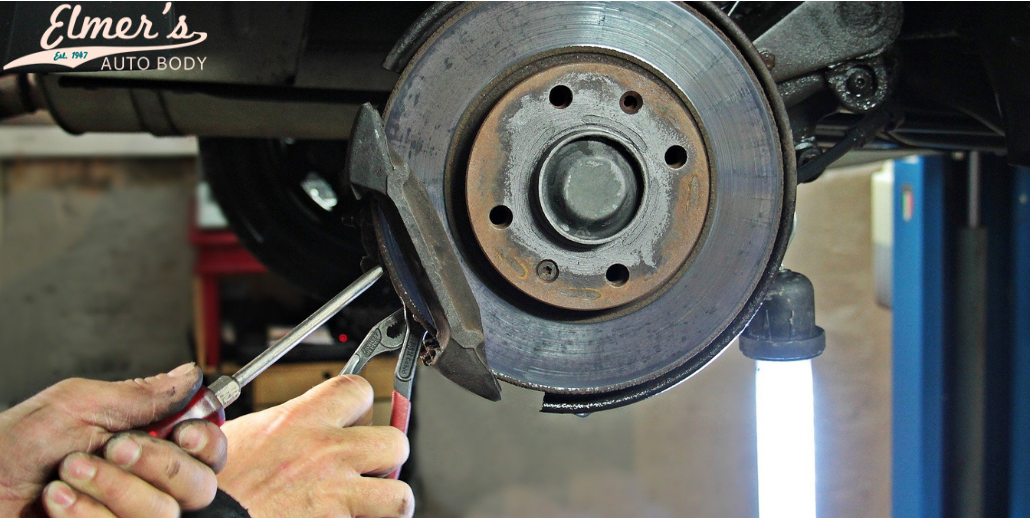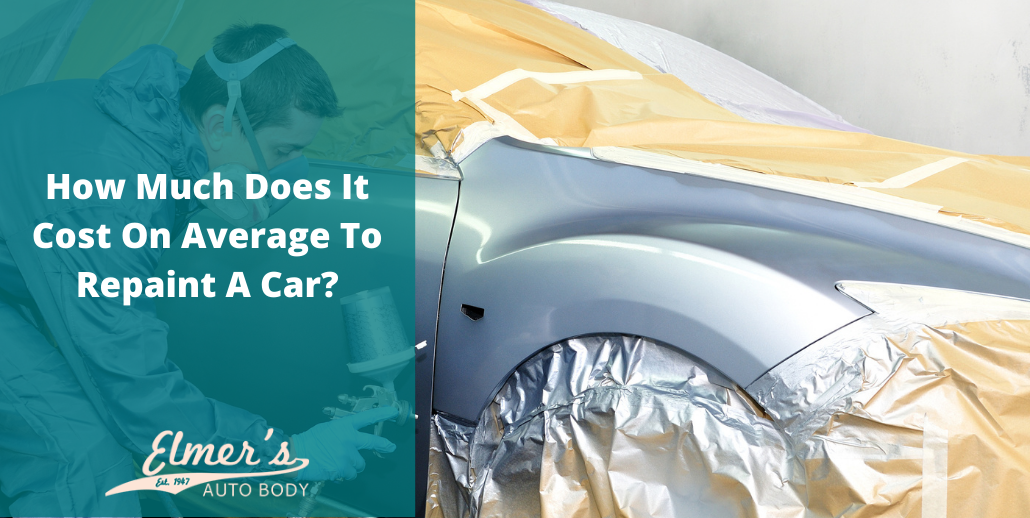Water damage can be a frustrating and problematic issue for car owners. Whether it’s due to a leaky window, a flooded area, or heavy rain, water intrusion into the interior of your car can lead to unsightly stains, unpleasant odors, and even mold growth. If you find yourself dealing with interior water damage in your car in Mt. Ephraim, NJ, it’s essential to take prompt action to mitigate the damage and restore your vehicle’s condition. Let’s look at the effective solutions for interior water damage, including professional services for the most severe cases.
What are the Causes of Water Stains, Mold, and Odor in a Vehicle?
There are several possible causes of water damage in vehicles. Understanding why water stains, mold, and odor may happen can help you address the issues more directly. Here are some common factors:
Leaky Windows, Sunroof, or Weatherstripping
Improperly sealed or damaged windows, sunroofs, or windshield seals can allow water to enter the vehicle during rainfall or car washes. Furthermore, worn-out door seals and window gaskets can also cause leaks, particularly during heavy rain or when driving through flood water.
HVAC System Issues
Problems with the heating, ventilation, and air conditioning (HVAC) system, such as clogged drains or malfunctioning components, can cause water to accumulate inside the vehicle.
Flooded Areas
If you have a smaller vehicle, then driving through flooded areas or having your vehicle trapped in a flooded area highly increase the chance of water getting into the interior.
Condensation
Excessive condensation can occur if there is a temperature or humidity imbalance inside the vehicle, leading to moisture accumulation and potential mold growth.
Spills or Accidents
Spills from drinks, open containers, or accidents involving liquids inside the vehicle can contribute to water stains and odors—as well as a messy appearance—that impacts your vehicle’s value.
How to Deal With Interior Water Damage
Moisture within the car is never beneficial. Such factors as those listed above can create an environment that is damp and conducive to mold growth, unpleasant odors, and even water stains. So, how do you deal with these issues at home? Here are some tips:
Remove Standing Water
The first thing you have to do if your vehicle is waterlogged is to remove any standing water. If available, use a wet/dry vacuum or towels to soak up as much water as possible. Pay special attention to carpeted areas, seat upholstery, and the trunk, as these are common areas where water tends to accumulate. Remove any coverings and mats for air-drying.
Dry Out the Interior
Once you have soaked up some of the water, start to dry out the interior. Open the windows or doors, promoting airflow. Consider setting up dehumidifiers or fans to accelerate the drying process. It may take some time for the moisture to be completely eliminated. Continue patting the upholstery or carpet with towels throughout the day.
Clean and Disinfect Everything
Water damage can leave behind stains and create an environment where bacteria and mold can thrive. Clean the affected areas thoroughly with a mixture of mild detergent and warm water. Gently scrub the upholstery, carpets, and hard surfaces to remove any visible dirt or stains. For disinfection, use a solution of one part white vinegar to one part water or a commercial disinfectant specifically designed for automotive use.
Eliminate Lingering Odors
Sprinkle baking soda liberally on carpets and upholstery, let it sit for a few hours, and vacuum it up. Activated charcoal or odor-absorbing sachets placed strategically in the car can also help remove unwanted smells. Additionally, using an automotive-grade odor eliminator spray can provide temporary relief while you address the underlying cause of the odor.
Deal With Mold and Mildew
Use an antifungal cleaner or a mixture of water and hydrogen peroxide to treat affected areas. Scrub gently, ensuring that you reach all the nooks and crannies where mold can hide. Consider using a soft brush or toothbrush to access tight spaces.
Professional Services for Water Damage in Vehicles in Mt. Ephraim, NJ
Dealing with water damage, mildew, and musty odors can be daunting. Fortunately, there are professional automotive cleaning services. Auto body shops in Mt. Ephraim, NJ, such as Elmer’s Auto Body, often have the expertise, experience, and equipment required for effectively cleaning and restoring your vehicle’s interior.
Here are some of the services offered by auto repair shops to tackle interior water damage:
Deep Cleaning and Restoration
Car detailing professionals can provide deep cleaning services, including thorough upholstery and carpet cleaning, to remove water stains, dirt, and other contaminants. Detailing may also include restoring upholstery, including leather and vinyl. Experts can also assist with trim and any exterior water damage, like rust.
Water Extraction
Professionals can efficiently remove standing water from your vehicle using specialized equipment like wet/dry vacuums or pumps. They also know where to look in your vehicle for water that may be hidden or hard to reach.
Mold Elimination
If mold has already developed, professionals can perform mold remediation procedures to safely remove mold growth and treat affected surfaces. They have access to appropriate antifungal products and techniques to eliminate mold effectively.
Looking For Interior Water Damage Services in Mt. Ephraim, NJ?
Water stains, mold, and odor in a vehicle can be effectively addressed by promptly removing standing water, thoroughly drying the interior, and cleaning and disinfecting affected areas. Professional services specializing in water damage restoration and car detailing can provide comprehensive solutions for severe damage.
Though water damage can happen at any time, you are not alone with interior water damage in Mt. Ephraim, NJ. Contact Elmer’s Auto Body today either by phone or by contact form to schedule an appointment. Our exceptional team can restore your vehicle so you can get back on the road.


